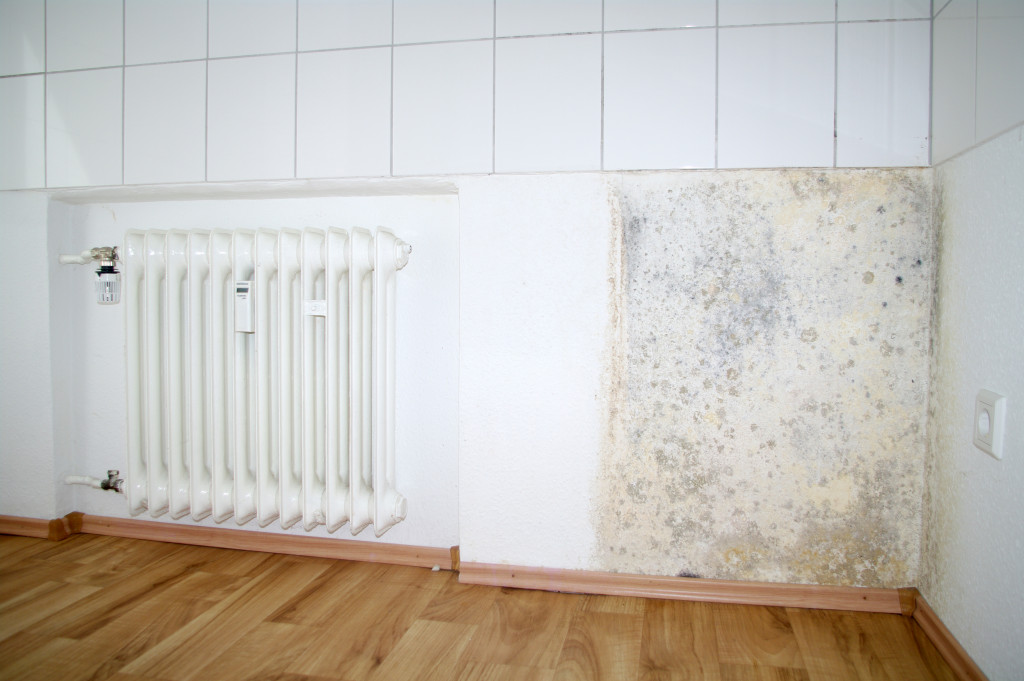During winter, many homes in North America suffer from low humidity. Because of the cold and dry air outdoors as well as the use of heating indoors, the levels of moisture in the air fall drastically. As a result, people experience a variety of symptoms ranging from chapped skin and dry hair to sinus problems.
There are different ways people can reinject lost moisture back into the air. The most common way is by using a humidifier, which can add moisture to the air in your home. Having indoor plants at home can also contribute to higher levels of humidity through the process of transpiration.
However, levels of humidity that are too high can also cause problems in your home. Here are some things that you should be wary of when there’s too much moisture in the air.
Damaged Wood Floors and Furnishings
Wood is easily affected by humidity levels in your home. When the moisture concentration in the air rises, it means that more condensation occurs indoors. Since the concentration of water is higher indoors than outdoors, there’s a greater chance of moisture settling on wood surfaces.
You might see your floors, windowsills, doorframes, and even tables and chairs warp over time. This is because the high moisture content in the air at home speeds up this process of wood contraction or expansion, which can increase damage to your furnishings. Although wood, because of age, is prone to damage, humidity levels within your home can greatly accelerate this process of damage.
If you find yourself needing to repair your windows and doors, then your humidity levels might be too high.
Mold Growth

If you already have a problem with mold growing in your bathroom or other areas in your home, then you know how undesirable these spores can be. Mold thrives on moisture and dampness, so if humidity levels get too high, then mold growth may become an issue as well.
Humidity levels in the home are usually measured in terms of percent relative humidity (RH). Relative humidity between 30-60% RH is considered optimal by most people, although you can adjust this to your needs.
If this level gets too high, though, mold growth becomes more likely. Mold has been found to grow well even when levels of 50% or higher are present indoors. Other signs that indicate there may be an issue with mold growing in your home include spotting on walls and surfaces, foul odors, and visible fungal growths. If any of these signs appear inside your property then you may need to take measures to reduce the humidity levels in your house.
Increased Risk of Infections and Illness
High humidity levels in your home also raise the risk of mold growth. Not only that, harmful organisms like dust mites, bacteria, and fungi can thrive in humid conditions. If you’re prone to respiratory problems like asthma or allergies, then it’s best to keep humidity levels down as much as possible to avoid any uncomfortable symptoms.
A higher level of humidity often results in condensation on surfaces indoors — think fog on your windows when there’s dew on the outside. When you notice droplets forming on anything inside your house, it’s a sign that humidity levels are high and need to be decreased.
Plant Rot and Decay
Humidity levels that are too high can also cause problems with plant life in your home. High humidity levels, especially when they rise above 80% or so, can result in rapid plant decay and rot. If you see any signs of damage to the leaves on your indoor plants, then it may be time to install a dehumidifier in your home.
In addition, high humidity levels indoors can lead to the accumulation of insects and other pests in your home. Pests that thrive in warm, moist conditions may come into your property if there’s too much moisture in the air.
General Uncomfortable Atmosphere
Aside from the physical damage that might occur to the structure of your house or its furnishings, high humidity levels can make your home feel uncomfortable and unclean.
The air is heavier and harder to breathe if you live in an area with high humidity, and the perspiration on your skin during hot days will also be more noticeable. If you want to keep your home feeling fresh and crisp during the summer months, then you’ll certainly need to do something about high humidity levels.
High humidity levels in your home can cause a variety of different problems, from damaging furniture and wood floors to making you feel uncomfortable. Fortunately, there are some things you can do to combat high humidity levels and keep your home feeling comfortable and looking great!







